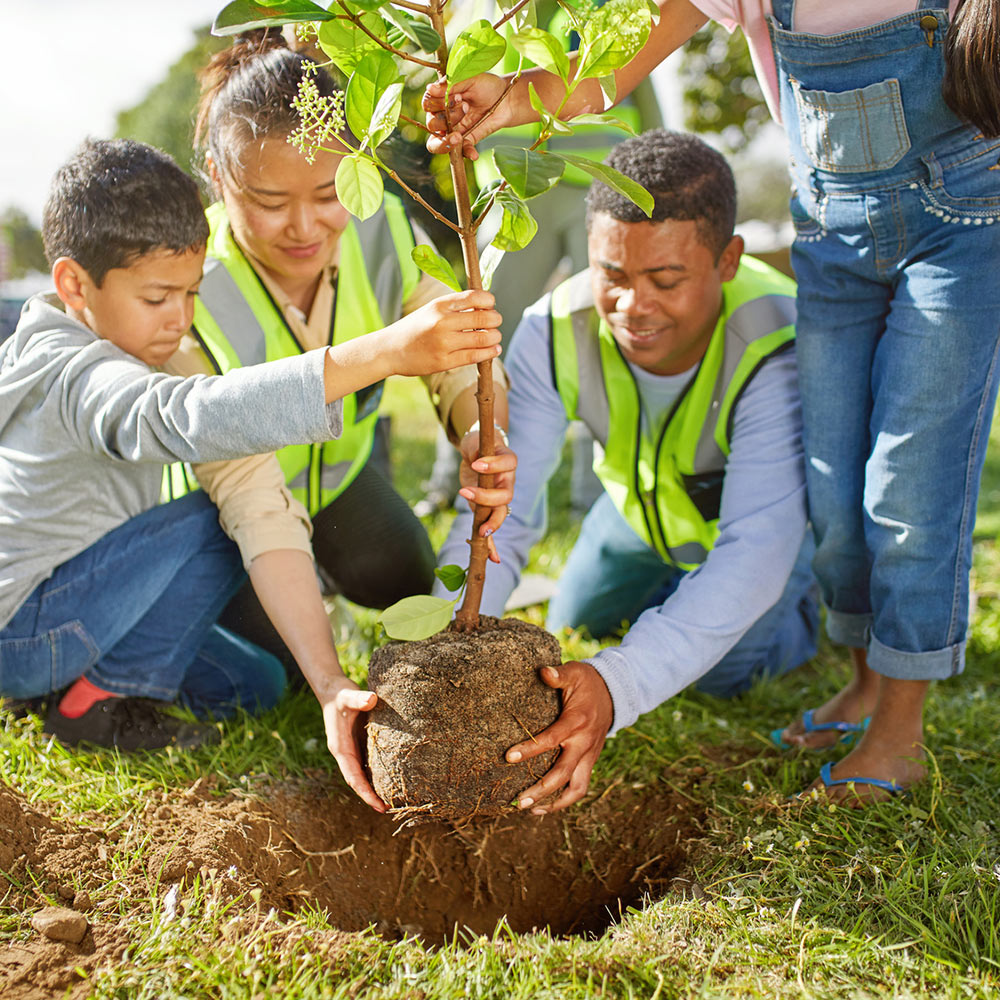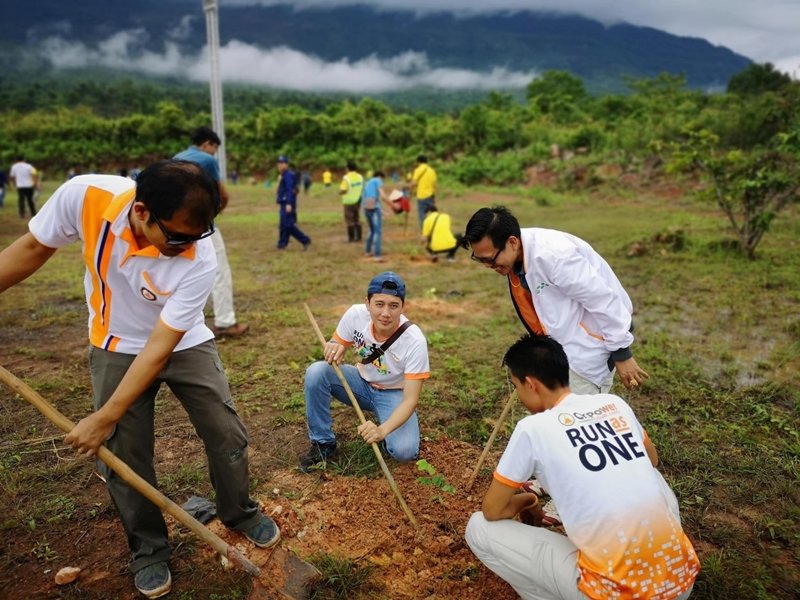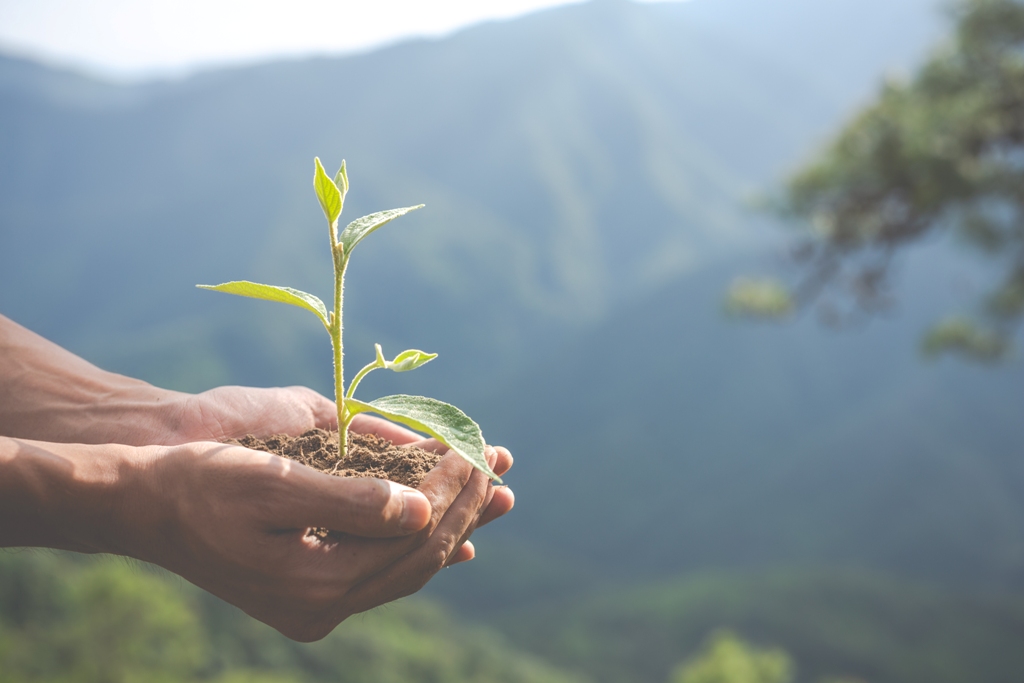Guidelines on Tree Planting Activity
Introduction
Planting trees isn’t just about digging holes and dropping saplings into the ground. It’s about fostering life, promoting environmental health, and contributing to sustainable ecosystems. Trees play a vital role in reducing carbon emissions, conserving biodiversity, and providing shade and shelter. However, to ensure long-term success, it’s essential to follow proper guidelines throughout the process. This article will walk you through everything you need to know for a successful tree planting activity, from planning to post-planting care.
Planning the Tree Planting Activity
Every successful tree planting activity starts with solid planning.
Defining Objectives and Goals
What is your goal? Are you reforesting an area, creating an urban green space, or planting ornamental trees? Defining your purpose helps shape the entire activity.
Selecting a Suitable Location
Not every place is ideal for tree planting. Choose a site with appropriate space, access to sunlight, and soil conditions that will support long-term growth.
Choosing the Right Time for Planting
Plant during the rainy season or cooler months when trees have a higher chance of survival. Avoid planting in the peak of summer to reduce water stress.
Selecting the Right Tree Species
Native vs. Non-native Species
Native species adapt better to local conditions, needing less water and care. Non-native species can introduce challenges and sometimes harm ecosystems.

Trees that Match Climate and Soil
Choose species that thrive in your area’s climate. For instance, drought-tolerant trees are ideal for dry regions, while water-loving species suit wetter climates.
Importance of Biodiversity in Tree Selection
Promote biodiversity by planting a variety of species. This diversity strengthens ecosystems and helps prevent disease outbreaks.
Preparing for the Planting Day
Gathering Necessary Tools and Equipment
Ensure you have spades, watering cans, mulch, compost, and stakes ready. Don’t forget gloves to protect your hands!
Assigning Roles and Responsibilities
Assign roles to participants—some can dig holes, others plant saplings, and a few can handle watering and mulching.
Preparing Saplings and Site Layout
Mark planting spots to ensure even spacing. This prevents overcrowding and gives each tree room to grow.
Soil Preparation Guidelines
Testing Soil Quality
Test the soil for nutrients and drainage capacity. Poor soil can be improved with compost or organic matter.
Adding Compost and Organic Matter
Mix compost into the soil to give the saplings a nutritious start.
Digging the Right Size of Holes
The holes should be twice as wide as the root ball but not deeper than the sapling’s roots.
Step-by-Step Planting Process
Handling Saplings Carefully
Avoid damaging the roots during transport. Handle saplings gently to maintain root integrity.
Positioning Trees Correctly
Ensure the tree stands straight with its roots spread out naturally in the hole.
Backfilling the Soil Properly
Fill the hole with soil, pressing it down gently to eliminate air pockets without compacting the soil.
Watering and Mulching Techniques
How to Water Newly Planted Trees
Water deeply immediately after planting and maintain a consistent schedule, especially in the first few months.
Best Practices for Mulching
Apply a layer of mulch around the tree’s base to retain moisture and prevent weeds.
Tree Protection and Support Systems
Installing Tree Guards
Tree guards protect saplings from animals and harsh weather.
Using Stakes to Support Young Trees
Stakes keep young trees upright until their roots take hold.
Monitoring and Post-Planting Care
Regular Watering Schedules
Freshly planted trees require consistent watering, particularly during periods of drought.
Pruning and Shaping Trees
Prune dead or damaged branches to promote healthy growth.
Spotting Early Signs of Disease
Monitor trees for signs of pests or disease and act quickly if needed.

Community Engagement and Awareness
Involving communities ensures long-term support for tree planting activities. Educating participants about the benefits of trees encourages future efforts.
Environmental and Social Impact of Tree Planting
Tree planting has far-reaching benefits. It improves air quality, supports wildlife habitats, and creates a greener environment for future generations.
Avoiding Common Mistakes in Tree Planting
Don’t plant too deep or too shallow. Neglecting post-planting care is a common mistake that jeopardizes tree survival.
Evaluating the Success of the Activity
Assess tree survival rates and monitor growth over time to measure success.
Conclusion
Planting trees is an investment in the future, but it requires effort, care, and proper guidelines to succeed. By following these steps, you can create thriving green spaces that benefit both people and the environment. So, grab your tools, gather your friends, and get planting!
